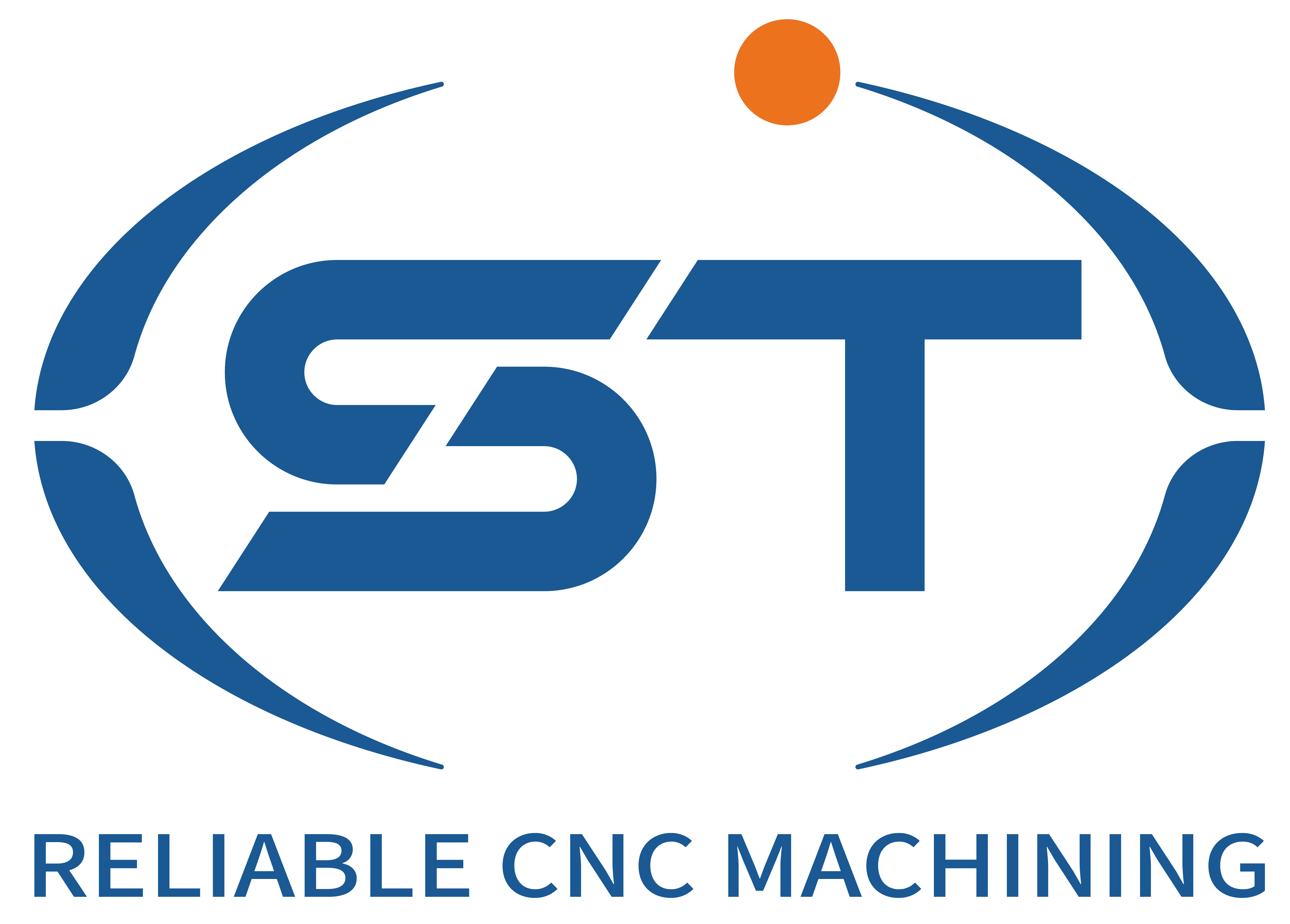The key points of CNC machining for automotive braking system parts are as follows:
Material selection and pre-treatment
Strict material selection: Brake system parts have high requirements for material properties. For example, brake discs often use high-quality cast iron materials. Appropriate molds need to be made according to the size and shape of the parts for casting. The surface of the castings should be smooth, free of defects such as pores and sand holes, to ensure the quality of the parts from the source.
Heat treatment optimization: The cast parts need to undergo heat treatment. For instance, brake discs usually adopt high-temperature tempering process. The specific parameters are determined based on the raw materials and design requirements to enhance the hardness and wear resistance of the parts and meet the working requirements of the braking system.
Processing technology planning
Process analysis: Before conducting automatic programming for CNC machining using the CAD/CAM system, it is necessary to analyze the processing technology of the parts, determine a reasonable processing sequence, to ensure processing accuracy and improve processing efficiency. For instance, for parts such as brake drums, tooling fixtures should be designed and process plans formulated based on their precision requirements.
Process division: For parts that require multiple different CNC machines and multiple processes to complete processing, process division is carried out on a machine basis. Arrange surfaces with high positional accuracy requirements to be completed in one installation to avoid installation errors caused by multiple installations that may affect positional accuracy. Meanwhile, the processes can be divided according to the number of installations, rough and finish machining, and the combination of the structural content of the workpiece, etc.
Determination of the tool path: The tool path is the movement trajectory of the tool relative to the workpiece throughout the entire processing procedure, including the cutting processing path and non-cutting idle travel such as tool entry and exit. When determining the tool path, it is necessary to ensure the machining accuracy and surface roughness of the part, take into account the impact of climb milling or reverse milling on the surface quality of the part, and comprehensively consider the specific conditions such as the processing requirements of the part, the characteristics of the workpiece material, and the machine tool and cutting tool.
Contrôle du processus de traitement
Tool selection and management: Select appropriate tools based on the processing materials and process requirements. For instance, when processing brake drums, factors such as the material of the tool shank, the material of the insert, the rake Angle, the radius of the tool tip, and the chamfer should be comprehensively considered. At the same time, establish a tool management system, regularly inspect the wear of tools, and replace severely worn tools in a timely manner.
Cutting parameter setting: Through experiments and simulation analysis, optimize cutting parameters such as cutting speed, feed rate and depth of cut, etc., to ensure the stability of the processing process and reduce errors caused by improper parameters. For instance, when machining the inner hole of a brake drum, the appropriate rotational speed, feed rate and depth of cut should be determined based on the reference linear speed of the blade, surface roughness requirements, etc.
Selection of processing methods: Based on factors such as the processing accuracy, surface roughness, material, structural shape, size and production type of the parts, the corresponding processing methods and processing plans should be selected. For rotary surfaces with different precision requirements, ordinary, precision or high-end precision CNC lathes can be selected for processing according to schemes such as rough turning, semi-precision turning, precision turning, fine turning or precision turning.
Precision and quality assurance
Precision control: During the processing, it is necessary to strictly control the processing accuracy to ensure the dimensional accuracy, shape accuracy and positional accuracy of the parts. For instance, when processing brake drums, it is necessary to control the precision indicators such as the cylindricity of the inner hole. This can be achieved by designing dedicated fixtures, optimizing processing techniques, and rationally selecting tools and cutting parameters to address the issues of clamping and positioning of thin-walled parts and the cylindricity error of the inner hole.
Quality inspection: Conduct quality inspection on the processed parts, including dimensional accuracy, surface quality, hardness and other indicators. The detection methods include measuring instrument detection, test run tests, etc. Unqualified products should be reworked or dealt with in a timely manner to ensure that the quality of parts meets the requirements.
Surface treatment and assembly debugging
Surface treatment: To enhance the wear resistance and corrosion resistance of braking system parts, their surfaces need to be treated, such as by spraying or coating. During the processing, it is necessary to pay attention to choosing appropriate materials and techniques to ensure the processing effect.
Assembly and debugging: Assemble the processed brake system parts with other components and conduct debugging. Ensure that the braking system is functioning properly and meets the requirements of the vehicle’s braking performance.




